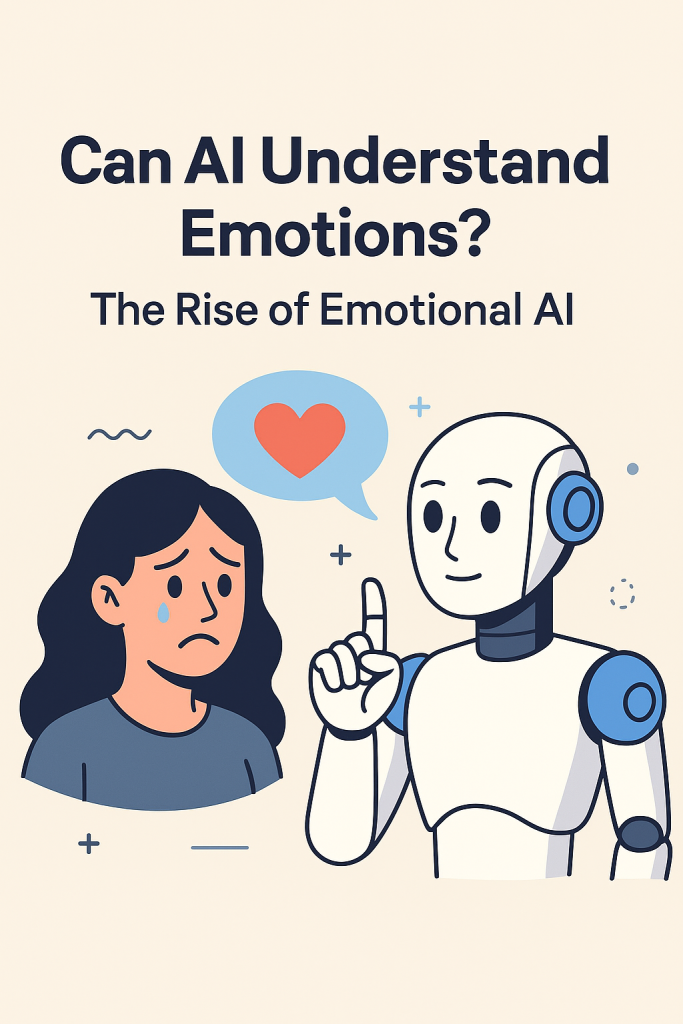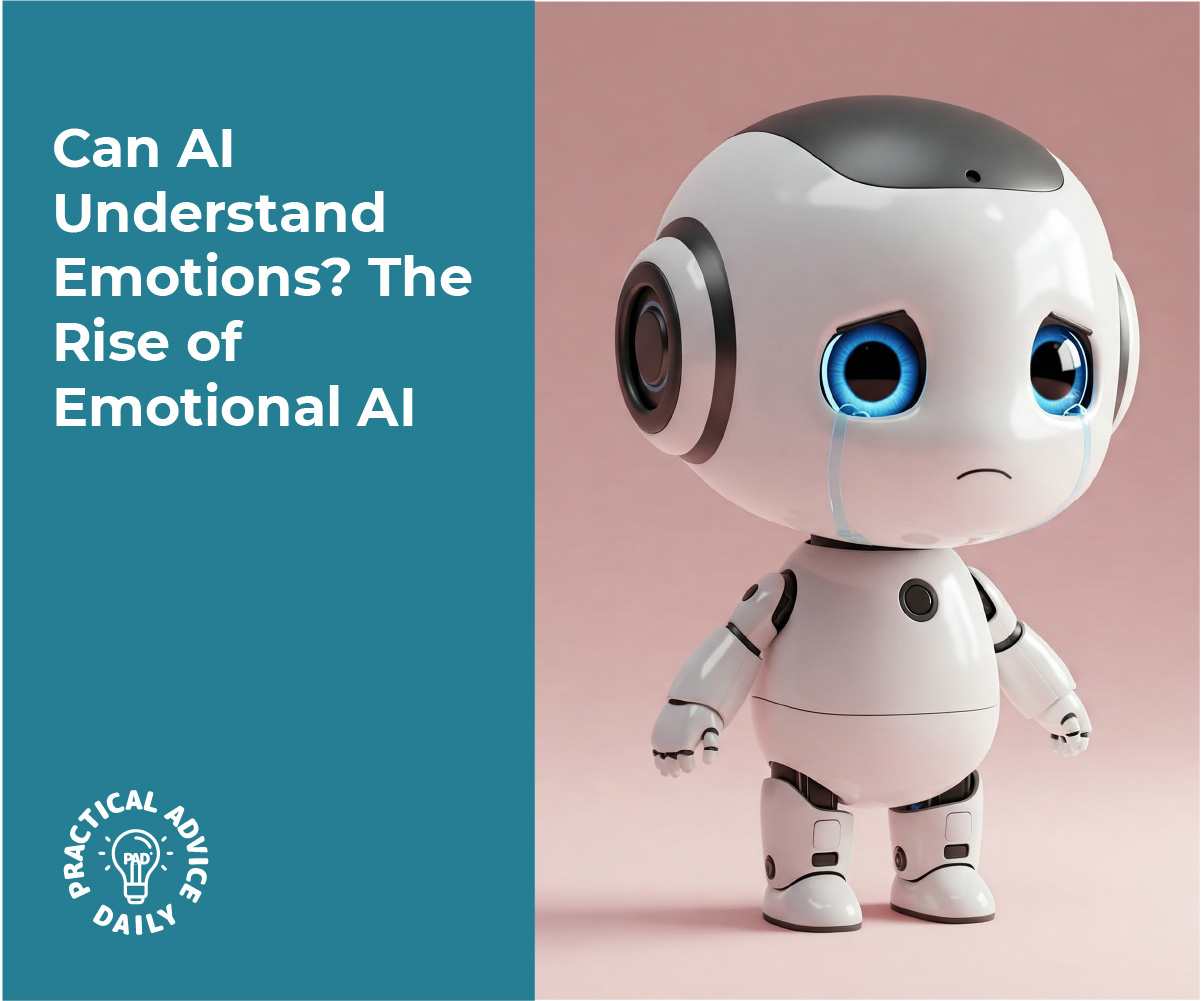Can a computer tell when you’re sad, happy, or frustrated? It might sound like science fiction, but Emotional AI is making this a reality. In this easy-to-follow guide, you’ll learn how some AI systems are starting to understand human emotions by analyzing tone of voice, facial expressions, and the words we use. Don’t worry—no tech skills needed. We’ll explain it all step by step, in everyday language.
Table of Contents
Key Takeaways
- Emotional AI tries to “read” how you feel by analyzing tone, expressions, and language.
- It’s used in areas like customer service, healthcare, and education.
- The goal is to help computers respond more naturally and supportively.
- Emotional AI doesn’t “feel” emotions—it only recognizes patterns.
- Privacy is important: always know how and when this tech is used.
What Is Emotional AI?
Emotional AI, sometimes called affective computing, is a type of technology that tries to understand how a person is feeling. While AI doesn’t have feelings itself, it can be trained to pick up on clues—like a furrowed brow or a nervous tone of voice—and make guesses about our emotions.
How Does AI Try to Understand Emotions?
AI uses sensors, cameras, and microphones to gather information. Then it looks for familiar signs, much like how people read body language or tone. Here are the most common methods:

1. Tone of Voice
AI listens to how you say something—not just the words.
- A cheerful tone might suggest happiness.
- A flat or slow voice could signal sadness or tiredness.
- Raised voices may be flagged as frustration or anger.
Example: Some phone support systems now use this to alert a human agent if a caller sounds upset.
2. Facial Expressions
With the help of a camera, AI can spot simple facial cues:
- Smiles = happiness
- Frowns = confusion or sadness
- Raised eyebrows = surprise
Example: In online learning, AI can monitor students’ faces to see who might be confused and alert the teacher.
3. Words and Sentiment
AI can also read written or spoken words and guess the emotion behind them.
- “I’m so excited!” = positive
- “This is frustrating” = negative
- “I feel okay, I guess” = neutral or uncertain
Example: Some email programs can suggest rewriting a message if it seems too harsh.
Where Is Emotional AI Being Used?
You may already be interacting with Emotional AI without knowing it:
- Customer Service: AI chats that respond gently if you seem frustrated.
- Healthcare: Helping doctors understand patient mood or mental health.
- Education: Teachers using tools that track student engagement.
- Cars: Some smart cars monitor if you look sleepy or distracted.
Important Note: AI Can’t Truly Feel
It’s important to understand that AI doesn’t have emotions. It’s simply guessing based on patterns it’s seen before. Sometimes it gets it wrong—just like people do.
Should I Be Concerned About Privacy?
Yes, it’s always good to ask:
- Is the device recording me?
- How is my data stored and used?
- Can I turn the feature off?
Most tools will let you opt out or limit what’s shared. If in doubt, ask a trusted family member to help check the settings.
Final Thoughts
Emotional AI is still learning, but it’s already helping people in small ways—like getting better customer support or helping teachers understand students. While the idea of a computer reading your feelings might seem strange, it’s really about making tech more helpful and human-like. Start by just being aware of where this tech shows up in your life. The more you understand, the more confidently you can use it.
